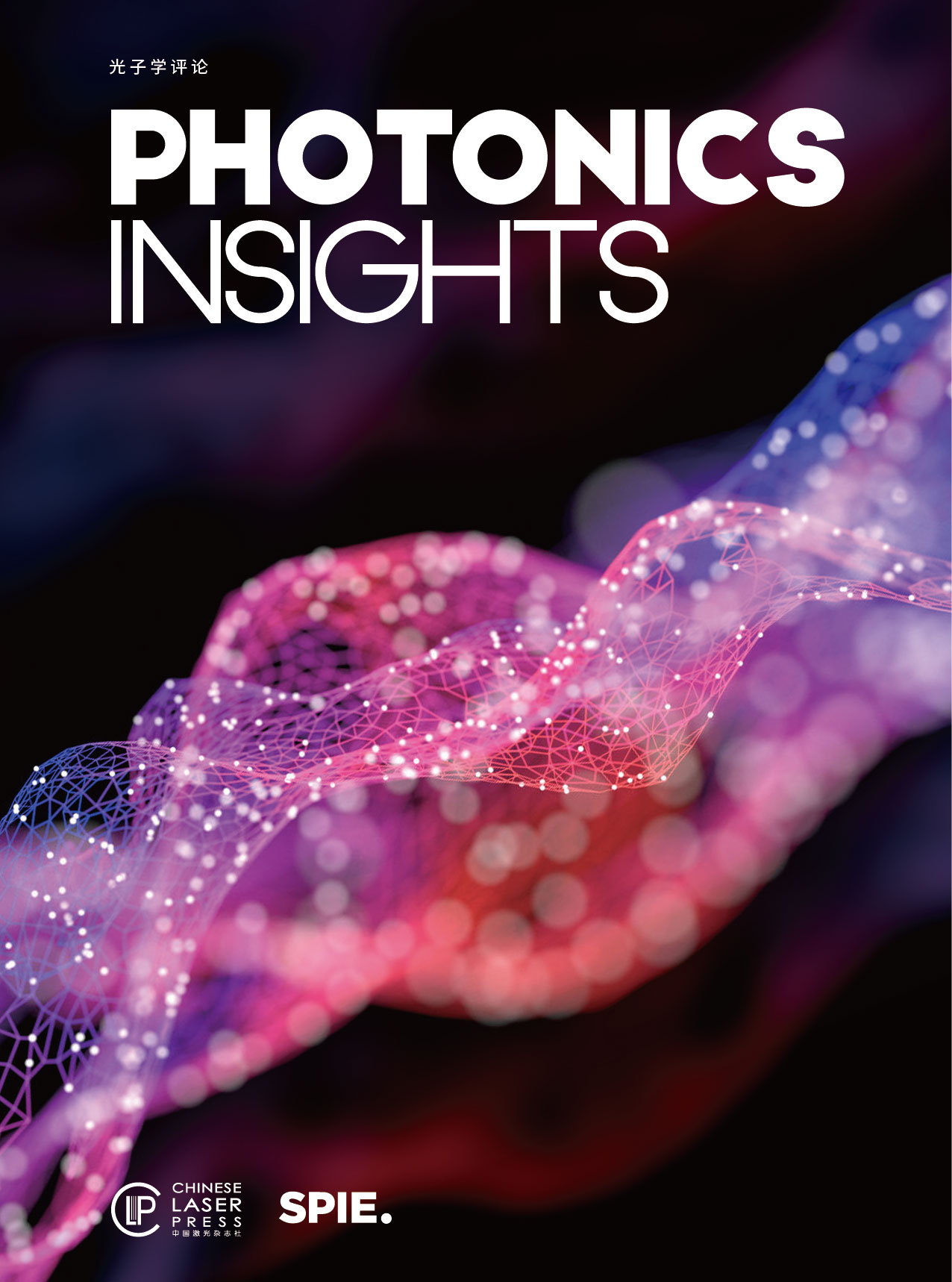 View fulltext
View fulltext
The confinement of waves is a long-standing pursuit in both fundamental science and practical applications. Recent exploration of BICs has introduced novel approaches for effectively trapping light waves. With additional degrees of polarization freedom in momentum space, optical BICs are driving innovation in areas such as spin-orbit interactions and light-matter interactions.
Optical bound states in the continuum (BICs) have recently stimulated a research boom, accompanied by demonstrations of abundant exotic phenomena and applications. With ultrahigh quality (Q) factors, optical BICs have powerful abilities to trap light in optical structures from the continuum of propagation waves in free space. Besides the high Q factors enabled by the confined properties, many hidden topological characteristics were discovered in optical BICs. Especially in periodic structures with well-defined wave vectors, optical BICs were discovered to carry topological charges in momentum space, underlying many unique physical properties. Both high Q factors and topological vortex configurations in momentum space enabled by BICs bring new degrees of freedom to modulate light. BICs have enabled many novel discoveries in light–matter interactions and spin–orbit interactions of light, and BIC applications in lasing and sensing have also been well explored with many advantages. In this paper, we review recent developments of optical BICs in periodic structures, including the physical mechanisms of BICs, explored effects enabled by BICs, and applications of BICs. In the outlook part, we provide a perspective on future developments for BICs.
An optical micro/nanofiber (MNF) is a quasi-one-dimensional free-standing optical waveguide with a diameter close to or less than the vacuum wavelength of light. Combining the tiny geometry with high-refractive-index contrast between the core and the surrounding, the MNF exhibits favorable optical properties such as tight optical confinement, strong evanescent field, and large-diameter-dependent waveguide dispersion. Meanwhile, as a quasi-one-dimensional structure with extraordinarily high geometric and structural uniformity, the MNF also has low optical loss and high mechanical strength, making it favorable for manipulating light on the micro/nanoscale with high flexibility. Over the past two decades, optical MNFs, typically being operated in single mode, have been emerging as a miniaturized fiber-optic platform for both scientific research and technological applications. In this paper, we aim to provide a comprehensive overview of the representative advances in optical MNFs in recent years. Starting from the basic structures and fabrication techniques of the optical MNFs, we highlight linear and nonlinear optical and mechanical properties of the MNFs. Then, we introduce typical applications of optical MNFs from near-field optics, passive optical components, optical sensors, and optomechanics to fiber lasers and atom optics. Finally, we give a brief summary of the current status of MNF optics and technology, and provide an outlook into future challenges and opportunities.














